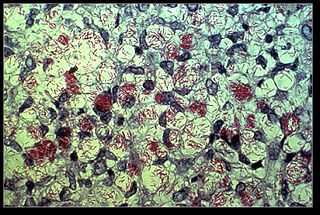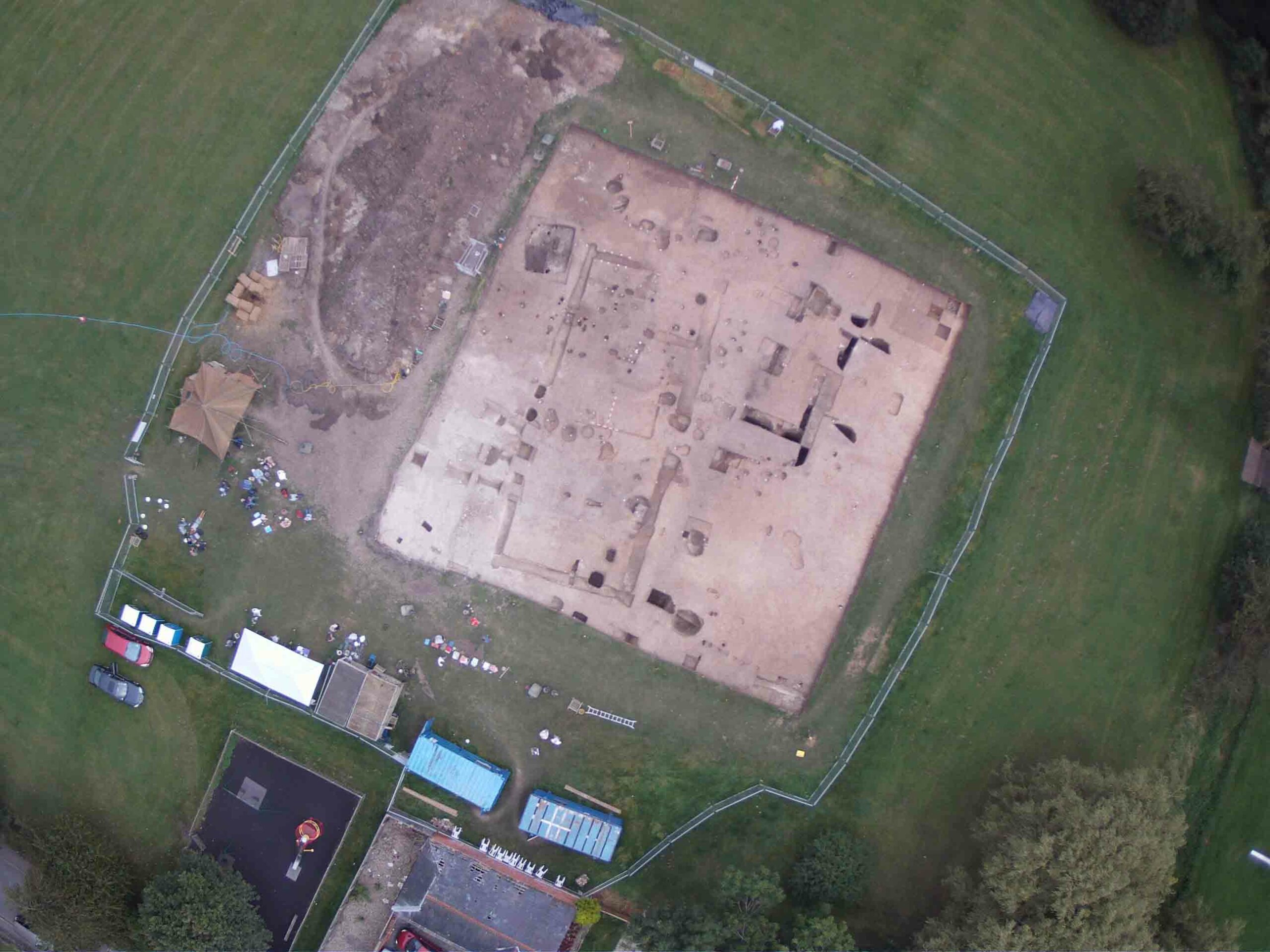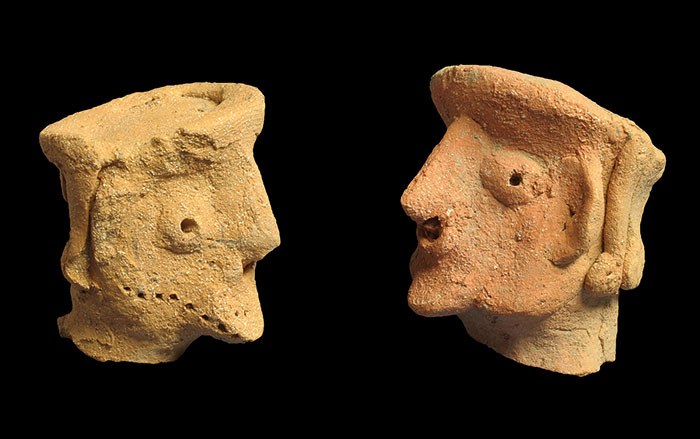
TÜBINGEN, GERMANY—A team of scientists has compared samples of the bacterium that causes leprosy, Mycobacterium leprae, taken from five medieval skeletons from Europe with samples from 11 modern strains. The DNA was so well preserved that the scientists were able to determine that a type of the disease found in Europe 1,000 years ago is the same as what is found in the Middle East now. Johannes Krause of the University of Tübingen says this suggests that the disease was spread by European armies during the Crusades. The disease carried to the New World by European explorers is also similar to the one found in the Americas today. The oldest known case of leprosy in the world has been identified in a 4,000-year-old skeleton from India.










